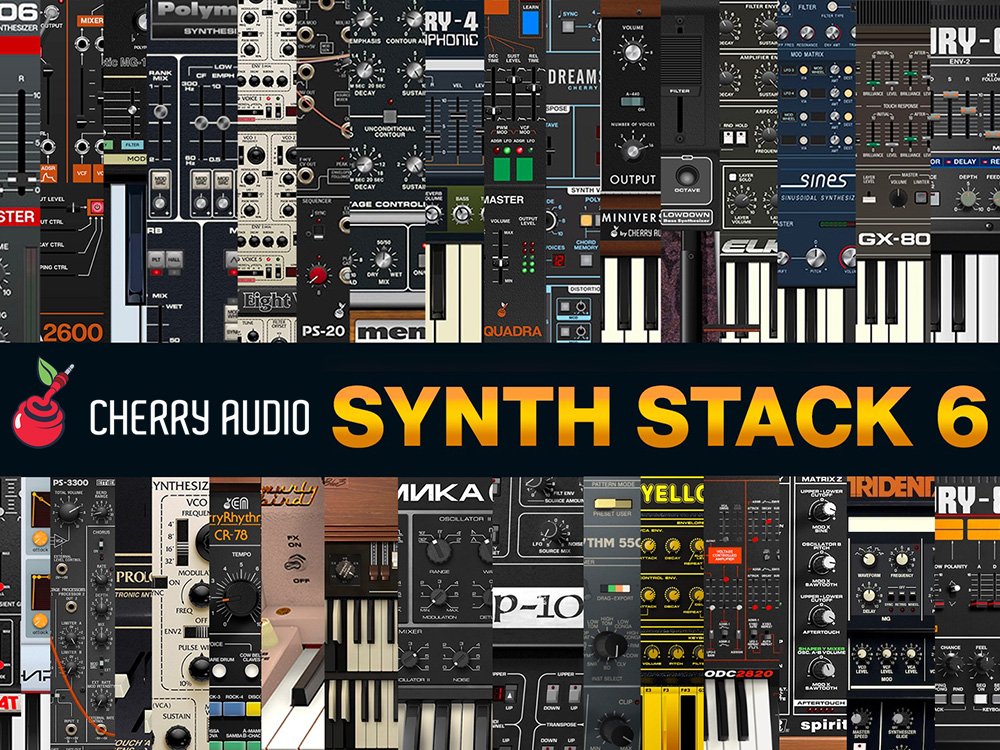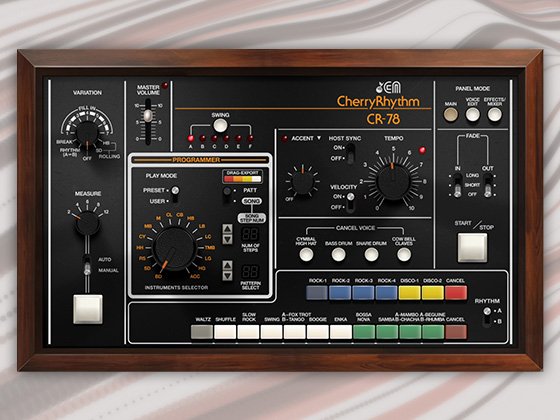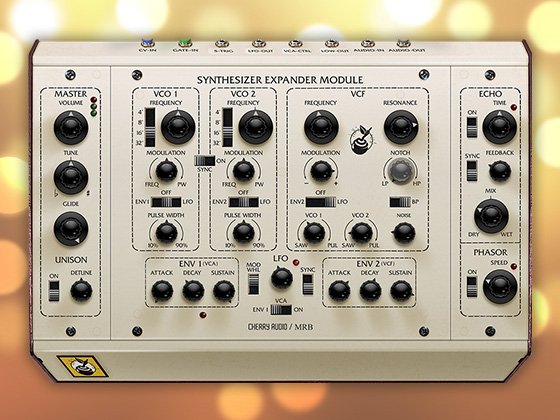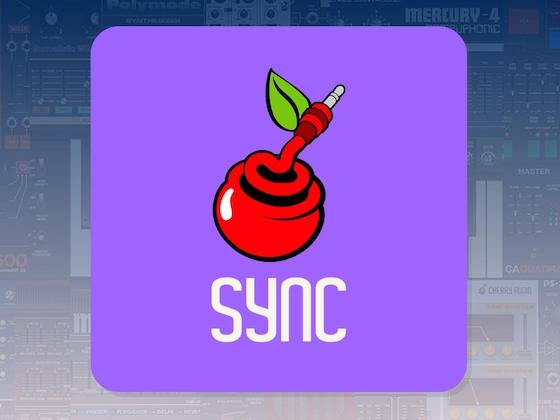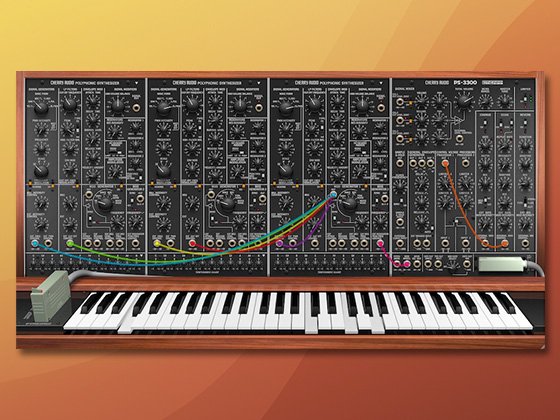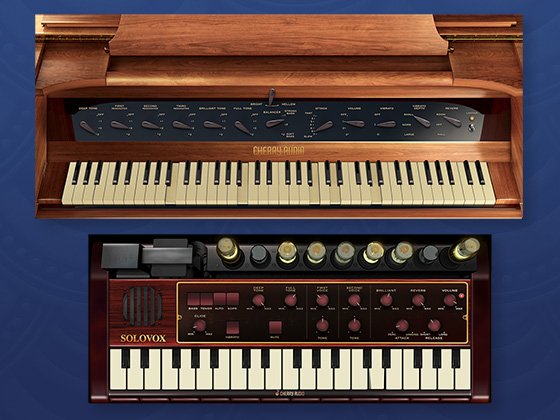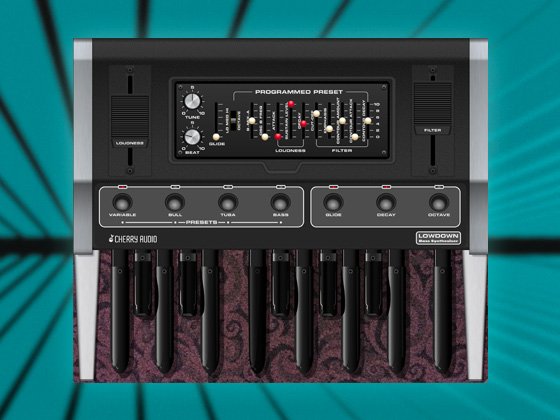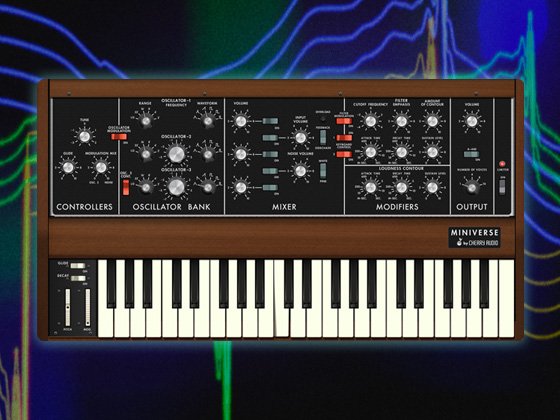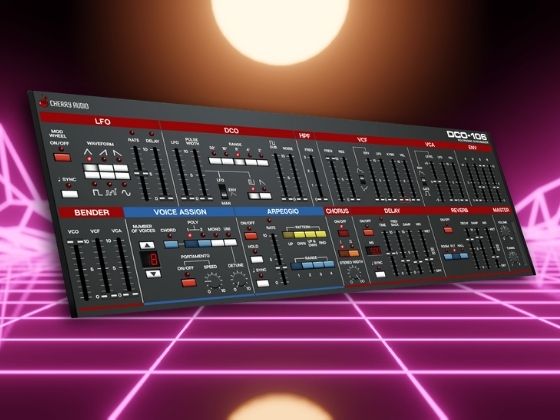Manufacturer: Oliver Moebus
$6.00
Equilibrium Pyramid II
is a triple oscillator especially designed for the production of harmonic drone sounds.
For each of the three sub-oscillators one of the following three synthesis methods may be chosen:
- Phase Distortion, a rather rare synthesis method, was introduced by the Casio CZ series of old. This instrument attempted to emulate subtractive analog synthesizers by digital means, but sounded nevertheless completely different from the modern devices that are labeled as Virtual Analog. Especially the filter resonances are much sharper and clearer than those produced by e.g. a modeled ladder filter, and this makes this synthesis method quite capable of producing all those overtone effects that are so much en vogue in Drone Music. Two different kinds of Lowpass ("LP"), Highpass ("HP"), Bandpass ("BP") and Bandreject ("BR") models are available. Here the modulation parameter relates to the strength of the filter resonance whilst the timbre parameter determines the shape of the basic waveform (saw or square).
- Fomantic or Vowel Synthesis ("FRM"). The modulation parameters lets you sweep though different vowels whilst the timbre parameter lets you traverse different voice registers (bass to soprano).
- Wavefolding Synthesis ("FLD"). The modulation parameters controls the amount of folding whilst the timbre parameter again determines the shape of the basic waveform (triangle or sine, in this case).
The "triangle"
structure contains push-buttons that let you cycle through the synthesis methods and emulated filter types as well as tuning knobs for the three oscillators. These knobs translate to frequency intervals in three different ways:
- When the Mode Selector in the middle of the triangular structure is set to Free Tuning, the tuning is measured in cent intervals (100th part of a semitone).
- When it is set to Chromatic the knobs translate to chromatic steps - these can be fine-tuned via the Menu below. The chromatic scale implemented here is the standard chromatic found in renaissance music, so in case the base frequency of the oscillator (as determined by the value send to the CV In jack) would amount to an A, the resulting tones available to the sub-oscillators would be: A, Bb, B, C, C#, D, Eb, E, F, F#, G, G#, A.
- Finally when it is set to Enharmonic the knobs translate to enharmonic steps as one would have found on baroque archicembali. These "super" keyboards featured more than 12 keys per octave, the largest of them containing thirty-six keys for thirty-six different tones. In this module twenty-five tones are implemented, the tuning of which will be determined by the schemes found in the Menu. Note that in Enharmonic Mode the order of the intervals may change when selecting a different tuning. Assuming that the base frequency is A, the available tones in Pythagorean Tuning (counted from lowest to highest) would be : A, G##, Bb, A#, Cb, B, C, B#, Db, C#, C##, D, Eb, D#, Fb, E, F, E#, Gb, F#, G, F##, Ab, G#, Bbb, A. But in Meantone Tuning the order would be: A, Bbb, A#, Bb, B, Cb, B#, C, C#, Db, C##, D, D#, Eb, E, Fb, E#, F, F#, Gb, F##, G, G#, Ab, G##, A.
The chords produced in this way will be memorized as one of eight scenes by the Scene Selector below. Automated chord progressions can be realized through an input jack beneath, which will translate signals from 0 to 5 volt. When using this mechanism, the transition of one chord into the other may be smoothed by using the Glide Up and Glide Down knobs.
The "square"
in the middle of the triangle section is actually a 2D-vector display for the modulation and timbre parameters of each oscillator. These parameters are controlled in a rather unique fashion especially suited for drone sounds, providing a lot of inner motion, but nevertheless maintaining a constant volume, since all controls are actually balances and will raise a value while lowering another at the same time.
With the modulation parameter this will work as follows:
- When Mod Y goes towards zero, the modulation amount of the lower oscillator in the triangle goes up, while the modulation amount of the upper oscillators goes down.
- When Mod X goes towards zero, the modulation amount of the left hand oscillator in the upper row of the triangle goes up, while the modulation amount of the right hand oscillator goes down.
The timbre parameter is handled in exactly the same way.
This behavior can be modified by the Even Distribution sliders. These define a percentage of modulation that will be accrued to all oscillators alike, allowing the employment of the classic filter sweep effect in case the Phase Distortion algorithm is used.
